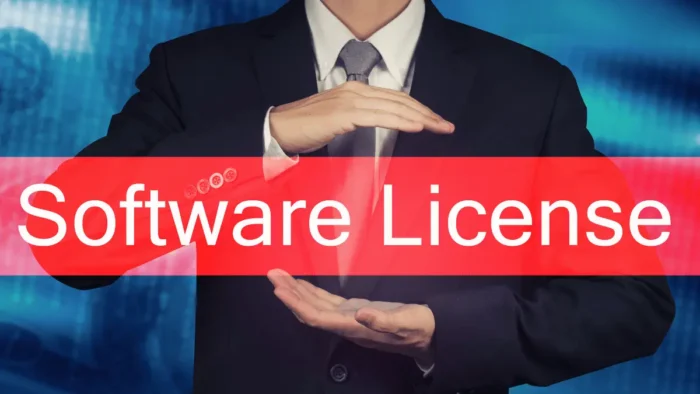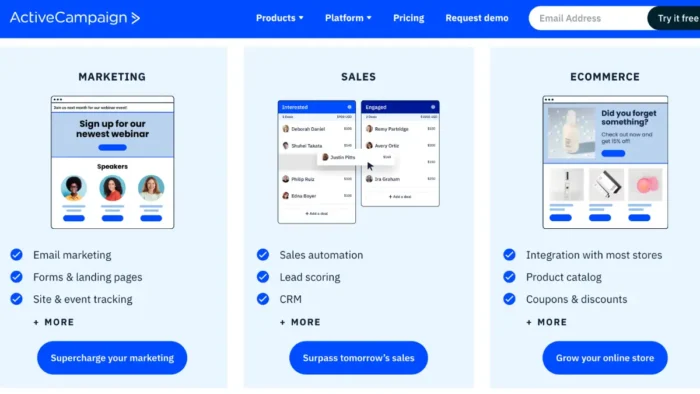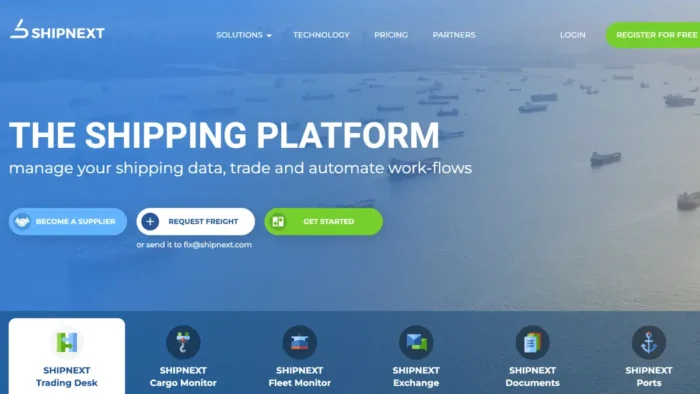In an era where businesses increasingly lean on digital tools and solutions to power their operations, software stands tall as the backbone. However, beneath the seamless interfaces and cutting-edge functionalities lies the often-underestimated world of software licensing. It’s a realm that intertwines legality, financial planning, and strategic foresight, holding profound significance for businesses.
Navigate the world of software licensing with ease! Our guide unveils key insights for business owners looking to extract more value from their software.
Software Licenses: What Are They?
At their core, software licenses are an agreement between the software publisher and the end-user. This legal document dictates how the software can be used, distributed, modified, and accessed. Contrary to common perception, purchasing software doesn’t usually grant ownership over the software itself. Instead, you’re essentially acquiring permission to use it under specific terms.
Businesses often interact with various license models:
- Perpetual Licenses: Pay once and use indefinitely, with potential costs for updates.
- Subscription Licenses: Pay on a recurring basis, often including updates and support.
- Concurrent Licenses: Allow a maximum number of users to access the software simultaneously.
- Site Licenses: Allows unrestricted use of the software within a specific business location.
While these models offer flexibility, it’s crucial to understand their implications for cost, scalability, and legal compliance.
A Deeper Dive: Why Is Software Licensing Crucial?
1. Financial Planning and Management:
License models directly impact budgeting. Subscription models, for instance, might seem cost-effective initially but can accumulate considerable costs over time. Concurrent licenses, on the other hand, can be economical for teams with staggered software usage patterns.
2. Legal Compliance:
Unauthorized or non-compliant software use can lead to hefty penalties. Businesses can face both financial and reputational damages if found using software without appropriate licenses.
3. Scalability and Future-proofing:
The right licensing model can aid businesses in scaling their operations seamlessly. As companies grow, so do their software needs. An adaptable license ensures that this growth isn’t hindered.
4. Access to Support and Updates:
Many licenses come bundled with support and regular updates. This ensures that businesses always have access to the latest features and prompt troubleshooting, enhancing operational efficiency.
The Financial Landscape: Unpacking the Numbers
To illustrate the potential financial implications of software licensing, let’s delve into a hypothetical data table showcasing costs over a 5-year period for different licensing models:
| Licensing Model | Year 1 ($) | Year 2 ($) | Year 3 ($) | Year 4 ($) | Year 5 ($) | Total 5-year Cost ($) |
| Perpetual | 10,000 | 1,500 | 1,500 | 1,500 | 1,500 | 16,000 |
| Subscription | 4,000 | 4,000 | 4,000 | 4,000 | 4,000 | 20,000 |
| Concurrent (10 users) | 6,000 | 2,000 | 2,000 | 2,000 | 2,000 | 14,000 |
(Note: This table is purely illustrative. Costs for software licenses can vary widely based on the software type, vendor, and specific business needs.)
The Bigger Picture: Beyond Just Cost
While costs are pivotal, software licensing decisions should be rooted in a holistic understanding of business needs. It’s about envisioning how the software will weave into the company’s future tapestry, empower teams, and align with long-term strategic objectives.
Moreover, in today’s age of heightened cybersecurity threats, licenses often come with security assurances. Unauthorized or cracked software versions can expose businesses to vulnerabilities, making licensed software a safer bet.
Licensing and Vendor Relationships: An Unseen Benefit
One often overlooked facet of software licensing is the nature of the relationship it fosters between businesses and software vendors. Engaging in a legitimate licensing agreement is the first step towards building a trust-based partnership with software providers. This partnership can prove invaluable over time. Vendors frequently offer exclusive insights into upcoming features, personalized training sessions, and even opportunities to provide feedback that might shape the software’s future iterations. Thus, a licensed agreement isn’t merely transactional – it’s the foundation of a collaborative bond that can lead to mutual growth and tailored software experiences.
The Ethical Dimension: Setting Industry Standards
In the broader picture of corporate responsibility, how a business approaches software licensing reflects its ethical compass. Adhering to licensing norms and regulations reinforces a culture of compliance within the organization and sets a standard within the industry. By championing licensed software use, businesses send out a clear message about the value they place on intellectual property rights, innovation, and fair commerce. Over time, this can inspire other enterprises, especially newer entrants, to adopt similar best practices, collectively uplifting the integrity of the entire business landscape.
Navigating the Software Licensing Maze
For business owners standing at the crossroads of digital transformation, software licensing emerges as a domain demanding attention, understanding, and strategic decision-making. It’s not just about ticking legal boxes or budgeting for the year ahead. It’s about crafting a roadmap for sustained digital empowerment and weaving software into the fabric of a business’s future journey. With the right license, businesses are better equipped to march confidently into a digitally charged tomorrow.





